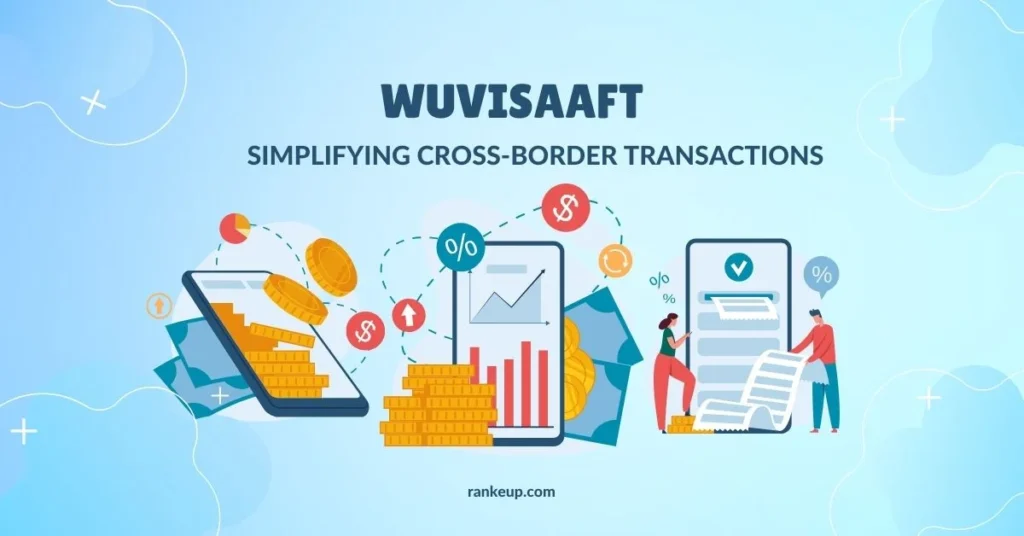In today’s digital age, transforming your online presence is essential for staying relevant and thriving in a competitive market. Social media and digital platforms have become integral to our daily lives, shaping how we communicate, consume information, and make purchasing decisions. To succeed, it’s no longer enough to simply have a website or social media profile—you need a cohesive and engaging online persona that resonates with your target audience. In this article, we’ll explore the key steps to transforming your online presence, focusing on storytelling, data analytics, and innovative digital marketing techniques that will help you stand out in 2024.
Understanding Your Digital Footprint
Before you can Transform Your Online Presence, you must first evaluate where you stand. Start by assessing your existing social media profiles, website, and any other digital platforms where your brand appears. Take a close look at the consistency of your messaging, branding, and content. Are your platforms aligned in terms of visuals and tone? Do they accurately represent your brand’s identity and mission?
Understanding your current digital footprint is key to identifying areas for improvement. It also helps you track how your audience interacts with your brand. Analyzing the effectiveness of your current online efforts will guide the strategies you implement during the transformation process.
Identifying and Understanding Your Target Audience
A pivotal component of your Transform Your Online Presence is a deep understanding of your target audience. Without this insight, you risk creating content that doesn’t resonate or engage effectively. To identify your audience, start by considering both demographics and psychographics. Demographics might include factors such as age, gender, income level, and location, while psychographics dive into your audience’s behaviors, interests, values, and lifestyle choices.
Additionally, social listening—monitoring conversations about your brand, industry, or related topics—can provide valuable insights into your audience’s preferences and pain points. Analyzing your competitors’ strategies can also shed light on potential opportunities for differentiation. By gathering this data, you’ll be in a stronger position to tailor your content and engagement strategies specifically for the audience you aim to reach.
Defining Objectives for Your Online Presence
Once you have a clear understanding of your audience, the next step is defining your objectives. What do you want to achieve through your online presence? Goals can range from increasing brand awareness to generating leads, driving sales, or building a community. Having clearly defined objectives will shape the direction of your content strategy and determine the platforms and tools you use.
Crafting a Cohesive Brand Identity
Your online presence is an extension of your brand, so it’s crucial that it reflects a cohesive and authentic identity. This includes everything from your logo and color scheme to the tone of your social media posts. Consistency is key; users should be able to recognize your brand no matter where they encounter it, whether on Instagram, LinkedIn, or your website.
Start by defining the core values and mission that guide your brand. Then, ensure these values are consistently reflected in all aspects of your online presence, from your website design to the language you use in captions. The more cohesive your brand identity, the easier it will be for your audience to connect with you on an emotional level.
Engaging Content Strategy for 2024
The content you create plays a central role in how users perceive your brand and interact with it. In 2024, crafting an engaging content strategy involves much more than simply posting updates about your products or services—it requires a focus on storytelling, interactive content, and personalization.
To start, define your content goals. Are you looking to educate your audience, entertain them, or inspire them to take action? Once you have these goals in place, tailor your content to meet them while keeping your audience’s preferences in mind. This might mean creating a mix of long-form blog posts, short social media updates, videos, infographics, and interactive content like polls or quizzes.
Leveraging Data Analytics for Insight-Driven Strategy
Data analytics is essential for refining your online presence. By measuring the performance of your content, website traffic, and social media engagement, you can make informed decisions on what strategies to keep and which ones to adjust.
Platforms like Google Analytics and social media insights tools offer detailed reports on user engagement, demographics, and conversion rates. Use this data to identify which content resonates with your audience, which platforms generate the most engagement, and which times are optimal for posting.
SEO and SMO: Increasing Visibility Across Search and Social
Visibility is key to standing out in the crowded digital landscape, and integrating both SEO (Search Engine Optimization) and SMO (Social Media Optimization) into your strategy is essential. SEO practices, such as keyword optimization, quality backlinks, and technical improvements to your website, ensure that your content ranks well on search engines like Google. This increases the chances of users discovering your brand when searching for related topics.
SMO, on the other hand, focuses on optimizing your social media profiles and content for better engagement. This includes using the right hashtags, creating shareable content, and encouraging user interaction. The more engagement your social media posts generate, the more visibility they’ll gain across platforms.
Adapting to Trends and Technologies
In the fast-paced world of digital marketing, staying up-to-date with the latest trends and technologies is crucial. Whether it’s the rise of short-form video content, the growing importance of influencer marketing, or the emergence of new social platforms, adapting to these trends can help you maintain a competitive edge.
Interactive elements like polls, quizzes, and live streaming can enhance user engagement and create a sense of community. Incorporating cutting-edge technologies, such as augmented reality (AR) or virtual reality (VR), can further differentiate your brand and attract tech-savvy consumers.
Conclusion
Transforming your online presence is a multifaceted process that requires careful planning, strategic execution, and ongoing adaptation. By understanding your audience, defining clear objectives, crafting a cohesive brand identity, and developing an engaging content strategy, you can create an online presence that not only resonates with your target audience but also stands out in the digital landscape.
Leveraging data analytics, SEO, SMO, and staying ahead of trends ensures that your online efforts are both effective and sustainable. Whether you’re a small business owner or a professional looking to grow your personal brand, transforming your online presence is a crucial step toward success in 2024.
FAQs
What is the first step to transforming my online presence?
The first step is evaluating your current digital footprint by analyzing your social media profiles, website, and other online platforms. This will help you identify areas for improvement.
Why is understanding my target audience important?
Knowing your target audience allows you to tailor your content and engagement strategies to better meet their needs and preferences, leading to higher engagement and conversions.
How can I improve my content strategy for 2024?
Focus on storytelling, interactive content, and personalization. Experiment with different types of content, such as videos, infographics, and polls, and tailor them to the platform you’re using.
What are SEO and SMO, and why are they important?
SEO (Search Engine Optimization) helps increase your content’s visibility on search engines, while SMO (Social Media Optimization) enhances your visibility on social media platforms. Both are crucial for increasing your brand’s reach.
How can data analytics improve my online presence?
By measuring engagement, traffic, and other performance metrics, data analytics help you make informed decisions about your content and strategies, allowing you to adapt for better results.


